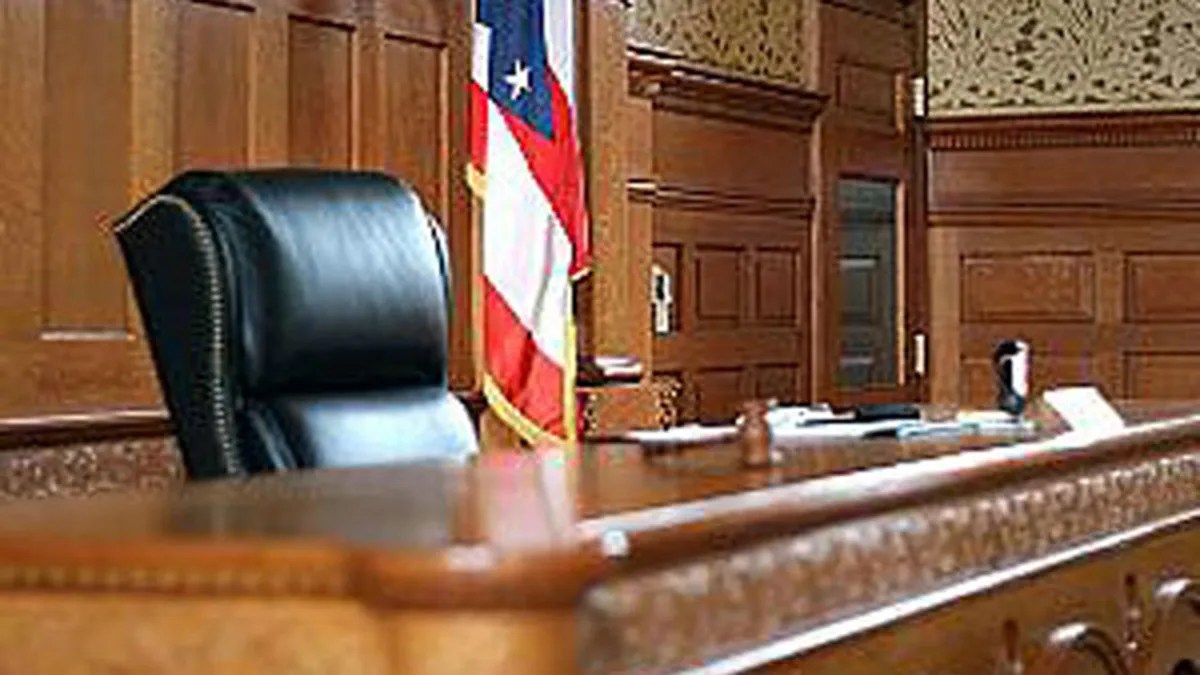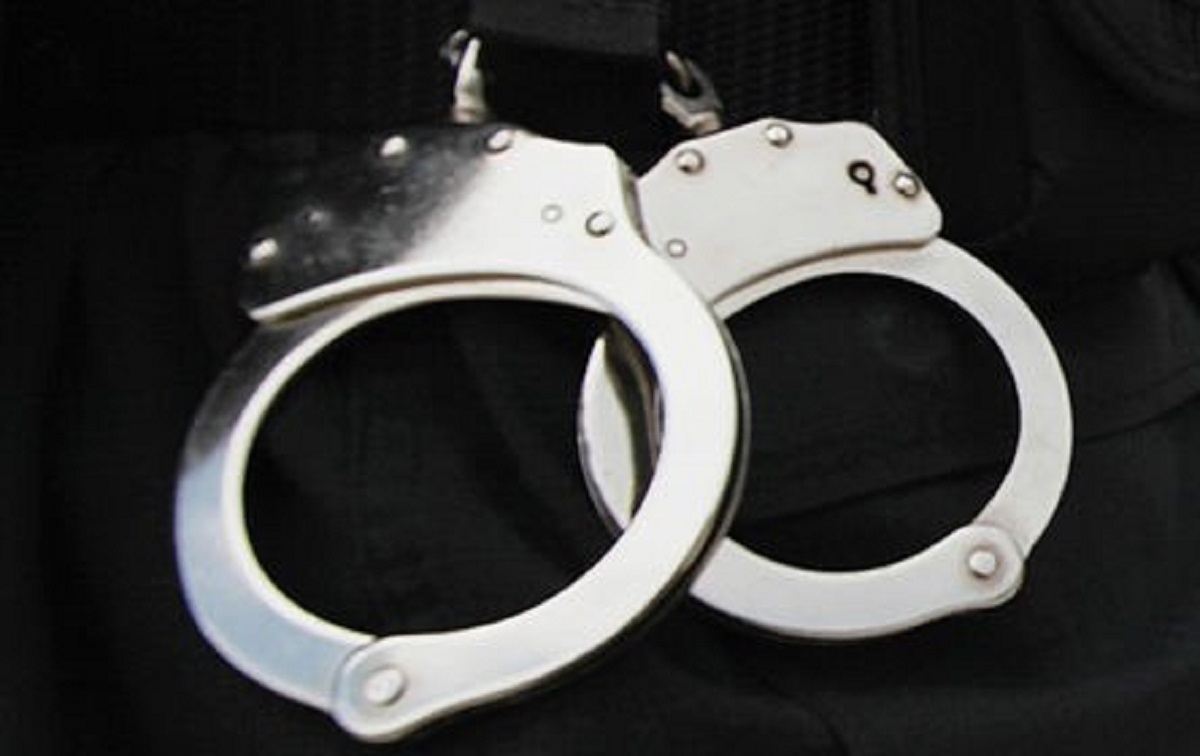The engineer of an Amtrak train that derailed eight months ago in Philadelphia, killing eight people and injuring more than 200, told federal investigators he remembers opening the throttle in the moments before the deadly crash.
Brandon Bostian Interview 1
More than 160 documents released Monday by the National Transportation Safety Board don't come to any conclusions on the cause of the derailment but offer a glimpse into what investigators have learned thus far.
Brandon Bostian Interview 2
Among the most illuminating are two transcripts of interviews engineer Brandon Bostian had with investigators, one immediately after the May 12 crash, and the second in November.
Local
According to a transcript of his interview with federal accident investigators, the last thing Bostian remembers is pushing the throttle forward to pick up speed, then braking when he felt the train going too fast into a sharp curve.
New Images of Deadly Amtrak Derailment
When he realized the train was about to derail, Bostian recalled holding tightly to the controls and thinking, "Well, this is it, I'm going over," according to the documents.
Investigators do not believe Bostian was on his phone or texting. Cellphone records showed Bostian's phone was inactive for at least two hours before the accident, then called 911 six minutes afterward.
The focus of the investigation remains on the possibility that Bostian lost "situational awareness" for some reason prior to the crash, NBC News reports.
An NTSB official described Bostian as "extremely cooperative" with investigators. The official, who wasn't authorized to speak publicly, talked to reporters on condition of anonymity shortly before the board released the documents.
The train's data recorder shows it reached a speed of 106 mph, then the emergency brake was activated and the speed dropped to 102 mph as it entered a sharp curve in Frankford Junction, one of the sharpest curves in Amtrak's northeast corridor.
By then it was too late, and the train derailed. The speed limit for the curve is 50 mph. The limit for the stretch of track prior to the curve is 70 mph, although there is a portion prior to that where it is 80 mph.
"Once I pushed the throttle forward in an attempt to bring the train up to 80 miles an hour, I don't have any other memories until after the train was already in the curve," Bostian said in the November interview.
Bostian suffered a possible concussion and had other minor injuries. Other crash victims, more seriously hurt, have racked up more than $1 million in hospital bills and are continuing to rehabilitate from injuries.
NTSB has wrapped up its investigative phase into the accident. Evidence and reports show there was no identifiable problem with the track, locomotive or signal.
Next, investigators will analyze the evidence, prepare a report on the probable cause of the derailment and make safety recommendations. A draft report is expected to be delivered to board members in a meeting not yet scheduled, but that will likely happen around the May 12 anniversary of the crash.
Other avenues of investigation have also turned up dry holes, according to previous statements by investigators. The data recorder shows the train's top-of-the-line new Siemens engine was functioning normally. No anomalies were found in the tracks or signal boxes. There was no vehicle or object on the tracks.
The train's assistant conductor said that before the crash he heard Bostian on his radio say the train had been hit by something. Trains operating in the Northeast corridor are frequent targets of rock-throwing vandals. Other trains in the vicinity of Frankford Junction reported being hit by rocks that evening not long before the derailment. A small dent was found in the windshield of Amtrak 188's locomotive.
Bostian has been suspended without pay since the crash. A letter from Amtrak in the NTSB files shows he was suspended for speeding the night of the crash.
The NTSB will hold a formal hearing in April, at which time it could announce a preliminary cause of the derailment.
Monday's release is the first major development in the investigation since a preliminary report a few weeks after the crash in which the National Transportation Safety Board pinpointed excessive speed as a key factor. A final report isn't expected for months.
The Associated Press visited Bostian at his parents' vacation home in Arkansas in late December. He said he couldn't speak about the accident while the investigation was pending, citing instructions from a lawyer.
Amtrak installed an automatic speed control at the Philadelphia curve within days of the derailment, as it had in Boston in 1990 after a train entered a 30 mph curve near Back Bay Station at 76 mph and derailed into a commuter train. The railroad has since enabled speed technology for all but a small portion of the 450-mile Northeast Corridor.
Dozens of victims are suing Amtrak for a share of $295 million in damages, raised by Congress last month from $200 million. Amtrak has conceded responsibility for the crash, but the cases likely won't be settled until after the NTSB investigation is complete — leaving victims on the hook for medical costs until then while they grapple for answers.
"When you get on a train, you think, 'Get off the train,'" said Morelli. "You never think, 'Get on the train, go to the hospital,' or 'Get on the train, go to the morgue.'"



